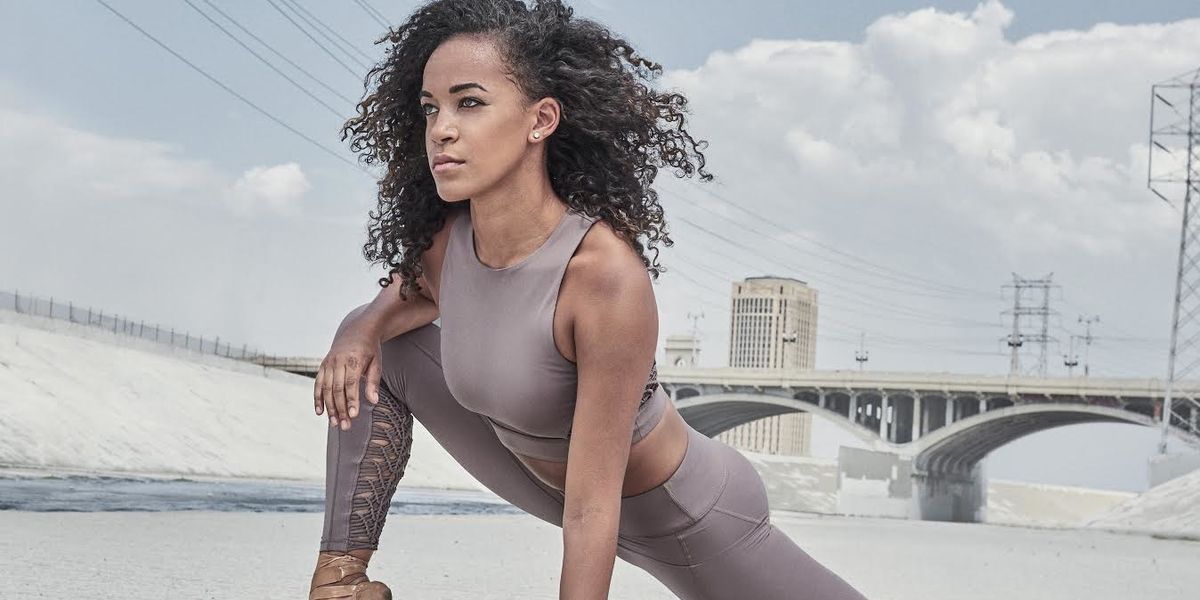The Serious Dancer's Guide to TikTok
It’s paradoxical but true: On TikTok, a platform driven largely by dance, people with little to no dance background are becoming megastars—and highly-trained dancers can seem like fish out of water. The most popular dances on the platform aren’t usually the most technically challenging. And often, serious dancers have a hard time figuring out what will connect with TikTok viewers, since it’s not the kind of content that speaks to more traditional dance fans.
But with canceled performances creating more free time for dancers, TikTok can be a great way to keep performing and stay engaged with an audience. We spoke with four pros who’ve built large followings on the app about how trained dancers can find TikTok success.
Don’t Treat It Like Instagram
TikTok is different from other social media platforms. Knowing what type of content will perform best on the video-sharing app is key. In the Instagram dance world, users are typically more willing to watch longer-form media, says Ellenore Scott, whose performances on shows like “Smash,” “Glee,” and multiple seasons of “So You Think You Can Dance” have made her an in-demand teacher at Broadway Dance Center in NYC. But TikTok users tend to like “fast, eye-catching dances,” she says. “Posts that are under 15 seconds long typically do the best on TikTok.”
Former Dance Theatre of Harlem dancer Alison Stroming agrees, and adds that “using trending songs and beats, which are always changing on the app,” is equally important. “I think Instagram is a great platform for your professional work,” Stroming says, but on TikTok, more personal, fun videos perform better.
@alisonstroming_ 100% ACCURATE. 😂 felt that cambré back! wearing: @as.dancewear ##JustDanceMoves ##tiktokwellness ##dancer ##barre ##fyp ##foryoupage ##ballerina
The square Instagram aspect ratio is another TikTok no-no. “Generally, try not to post a square video on TikTok,” says Alex Wong, who was a soloist with Miami City Ballet before taking the commercial-dance world by storm. “On TikTok, you want your video to fill up the entire screen”—which means you should film in portrait, rather than landscape, mode.
Despite the differences between the platforms, sharing some content between them can help you gain followers, especially if you have an engaged Instagram fanbase. “Posting an occasional TikTok video on your Instagram is beneficial because it shows your followers what they are missing on the other platform, and reminds them to follow you on TikTok,” says BalletMet dancer and “SYTYCD” alum Jim Nowakowski.
Fit Your Movements to the Space
Most TikTok choreography recycles popular hip-hop and social dance moves, like “hitting the woah” or the “Milly rock.” “You won’t be seeing much material from the ballet world on TikTok,” Scott says. The limitations of the app’s vertical frame mean that dances on TikTok are also mostly stationary sequences of upper-body movements—as opposed to concert or commercial dance choreography, which usually engages the entire body.
@ellenoreshoto ##myheroacademia
##dance by @yakaashi ##bnha##mha##iida##bakugou##kirishima##uraraka##toga##shigaraki##overhaul##deku##denki##fyp##anime##HomeTour##SpaceForceWalk##weeb
So it’s not a great idea to simply post choreography you’ve done onstage (or on Instagram). Instead, think smaller and tighter. “You’re dancing at home in your living room instead of dancing on stage,” Wong says. “Two completely different vocabularies. I’ve noticed TikTok dances are often less ‘full-out’ than performance clips.”
Play Up Your Unique Qualities
When you’re trying to build a following, ask yourself: What do you have that others don’t? What distinctive quality or interest of yours will win viewers over within the first few seconds of a video? “Find the thing you’re good at and craft your content around it,” Stroming says.
If you have a specific passion or idea, explore it on the platform, because there’s probably already an audience for it. “I knew I wanted to create content for people who watch anime—I love anime!—and I used my dancing as a way to make certain characters move,” Scott says. “My momentum started because I created content that was true to who I am.”
“TikTok is about offering some sort of special entertainment to your audience,” Wong says. His personal winning TikTok formula combines displays of his fabulous facility with spot-on slapstick comedy.
Avoid Common Trained-Dancer Mistakes
New users—especially established dancers with equally established Instagram followings, who think they “know” social media—sometimes start posting on TikTok without taking time first to use it. To avoid looking out of touch with what’s happening on the app, spend some time watching successful TikTok creators. “Research the type of content you want to make,” Scott says. “Once I started focusing on a specific genre, that’s when I actually started to build a following.”
Yes, a lot of poor-quality videos still go viral on TikTok. But don’t neglect to take a few minutes to create a proper setup for your clip—that will only increase its chances of popularity. (The app’s algorithm seems to like good lighting, in particular.) “Good lighting and a stabilizer for your camera will go a long way to growing your audience,” Stroming says.
Be more aggressive than you normally might about editing, too, especially at the beginning of your videos. “Trim out any unnecessary parts, because you often only have one second to catch someone’s attention before they scroll past,” Wong says.
@jimnowakowski A little footsie. ##fyp ##foryoupage ##ballet ##dancer ##maledancer ##foru
Perhaps the biggest mistake you can make on the app? Taking your dancing too seriously. “TikTok dances are for fun, to make yourself smile, and to feel good,” Stroming says.




